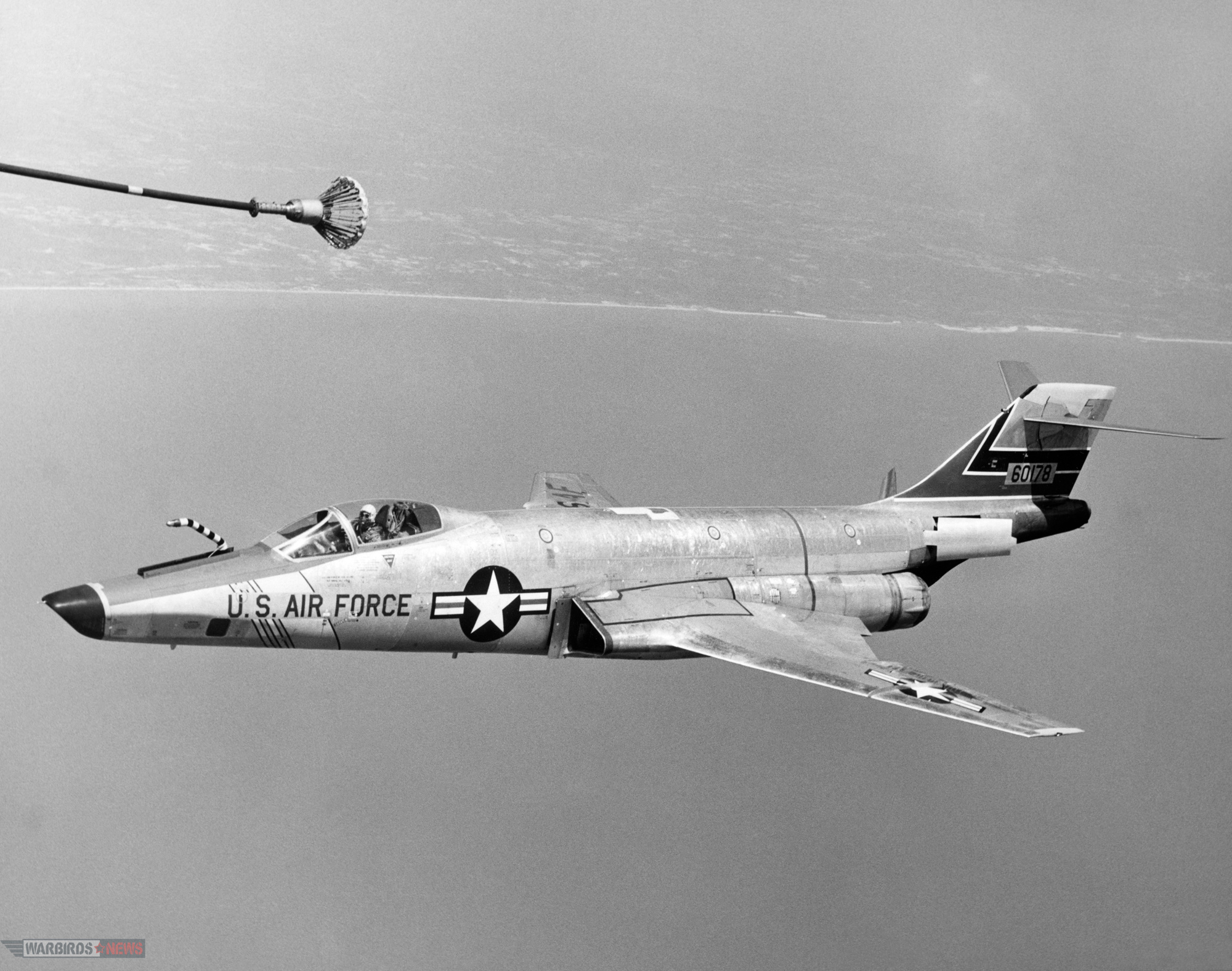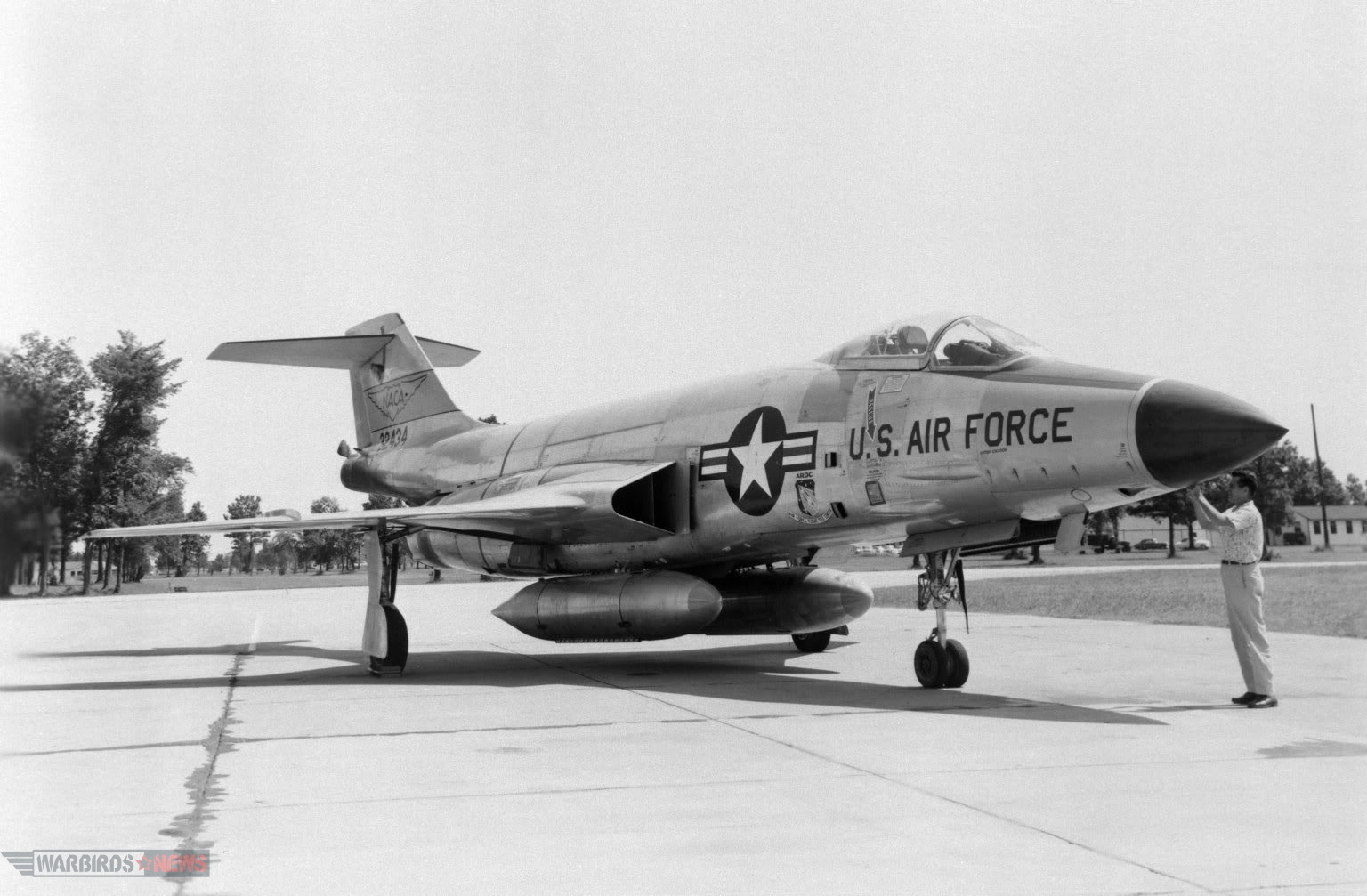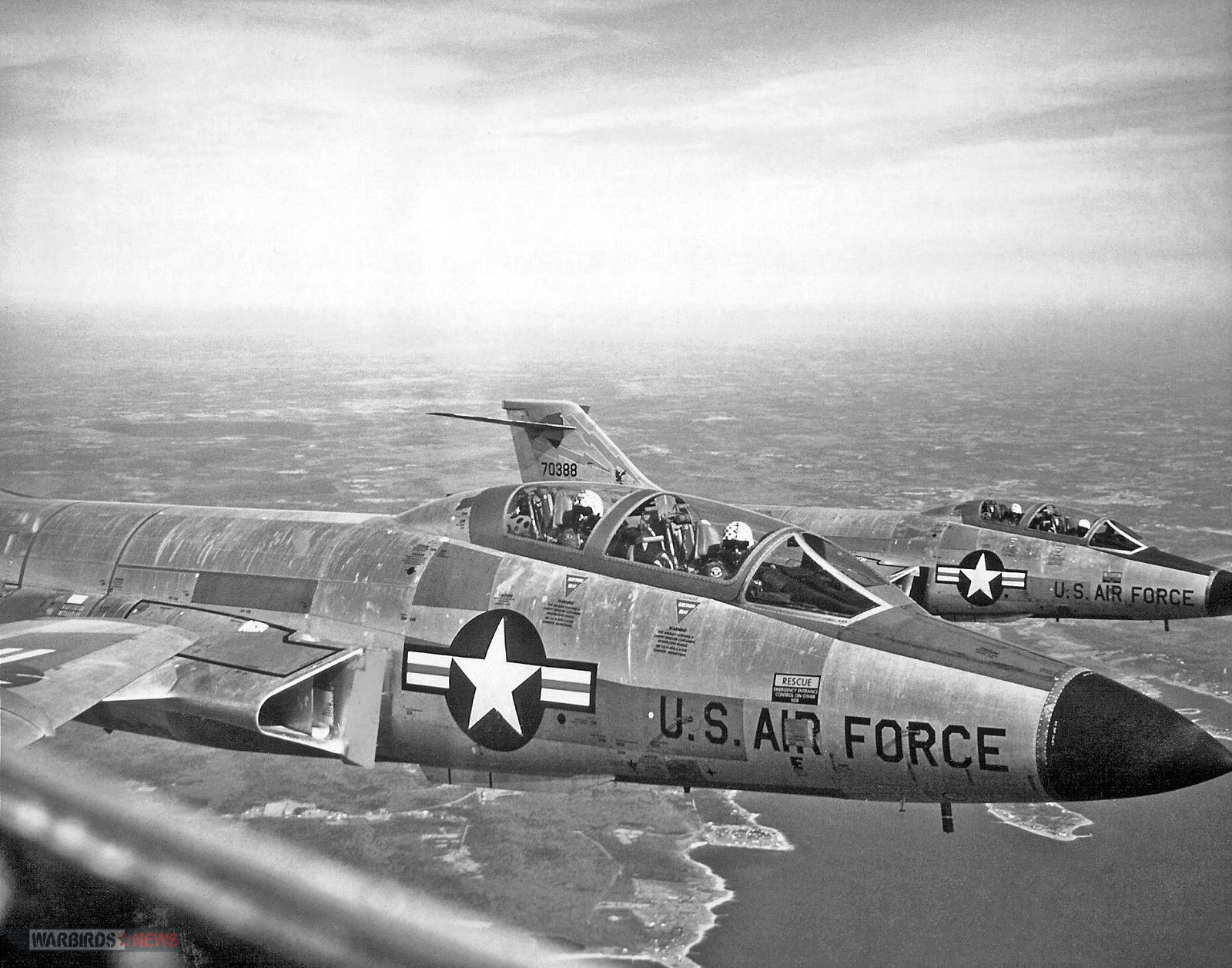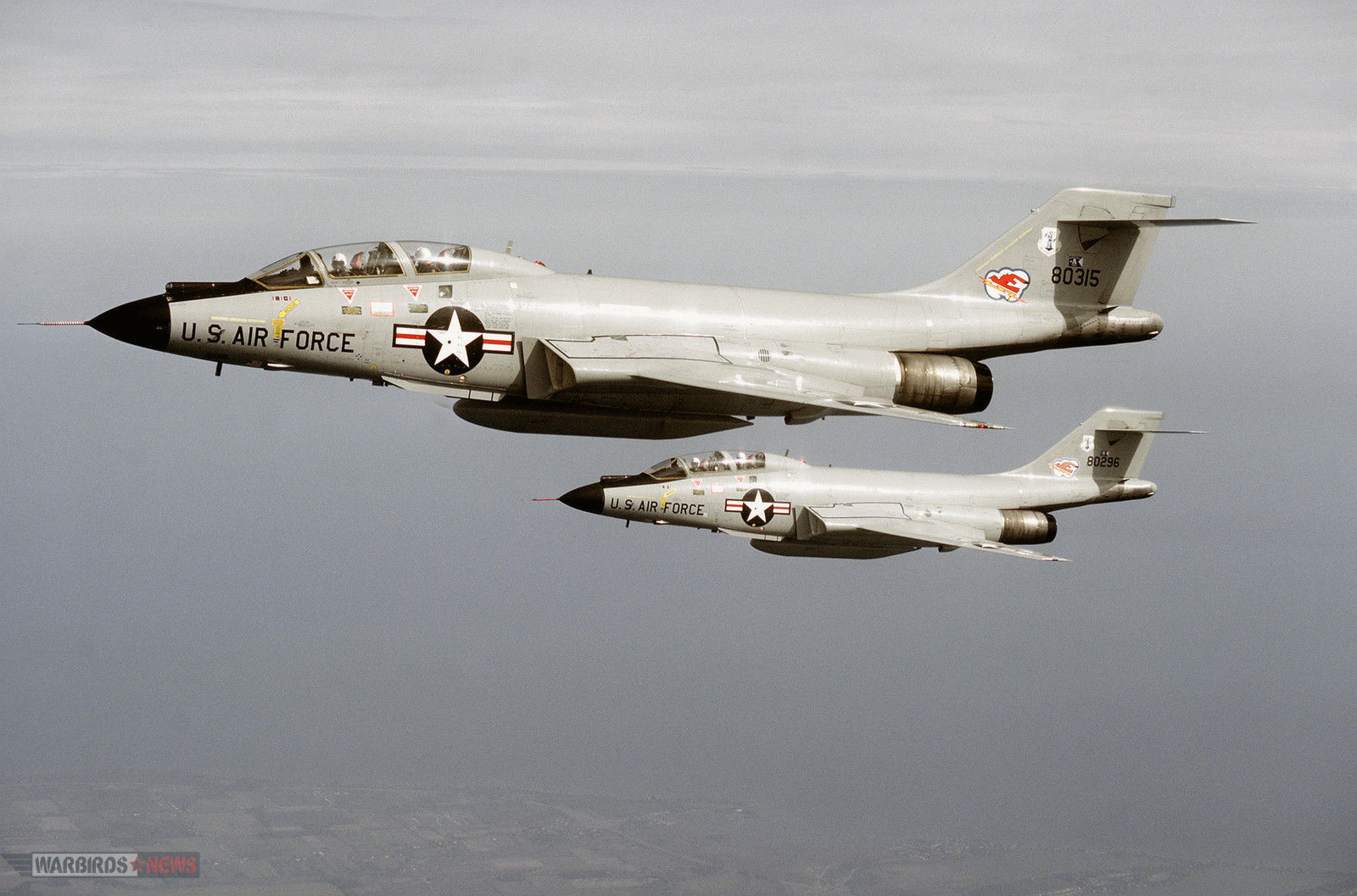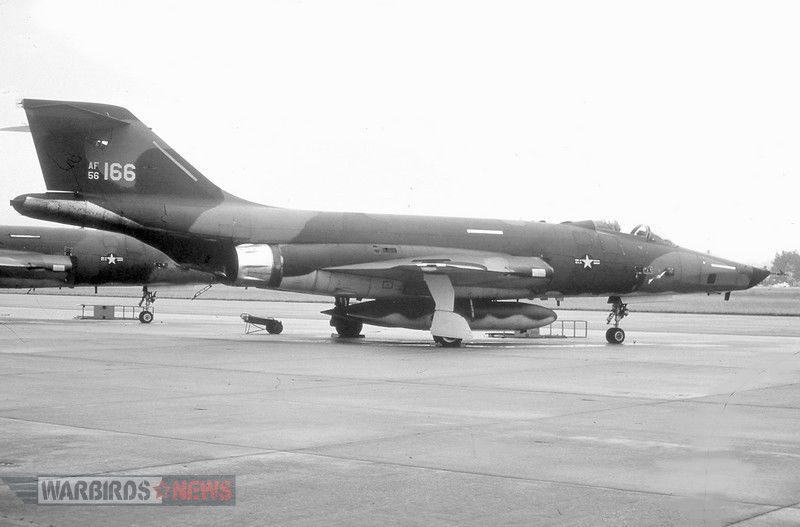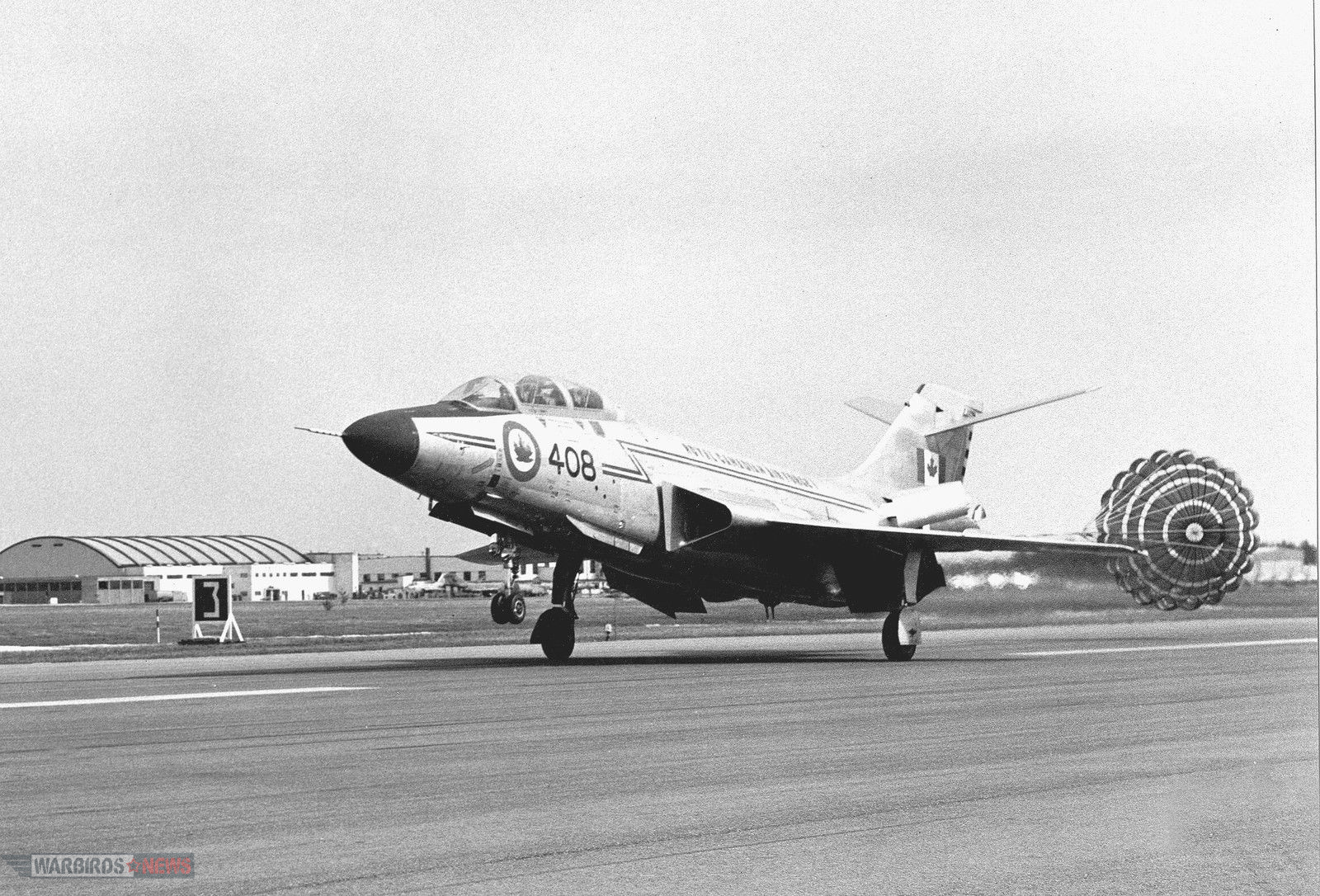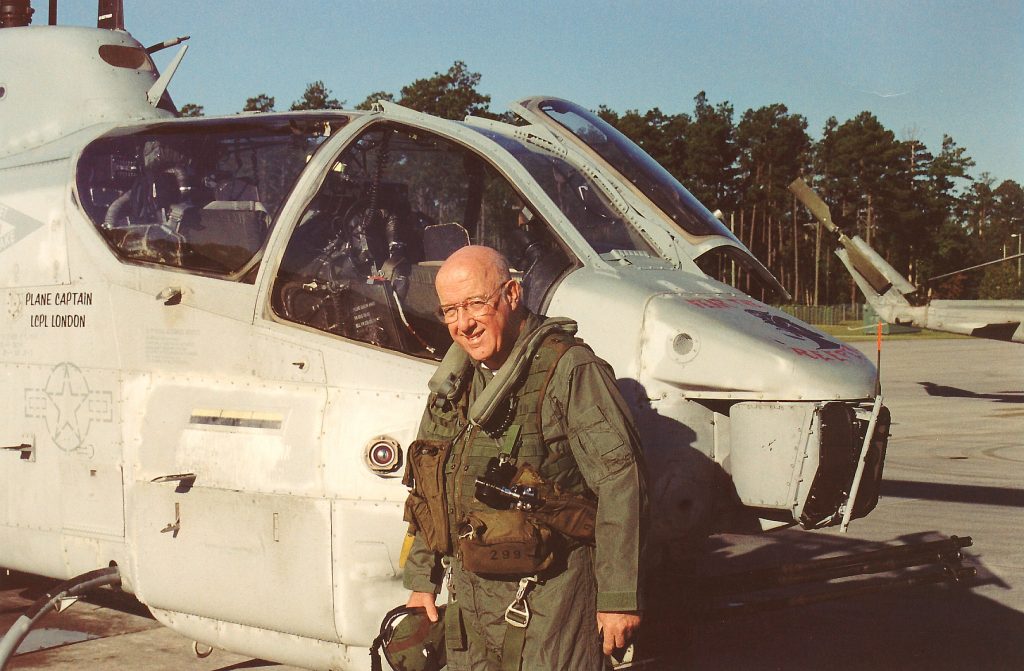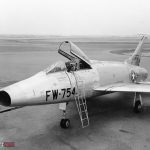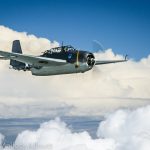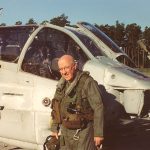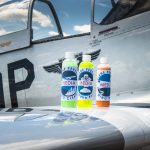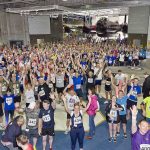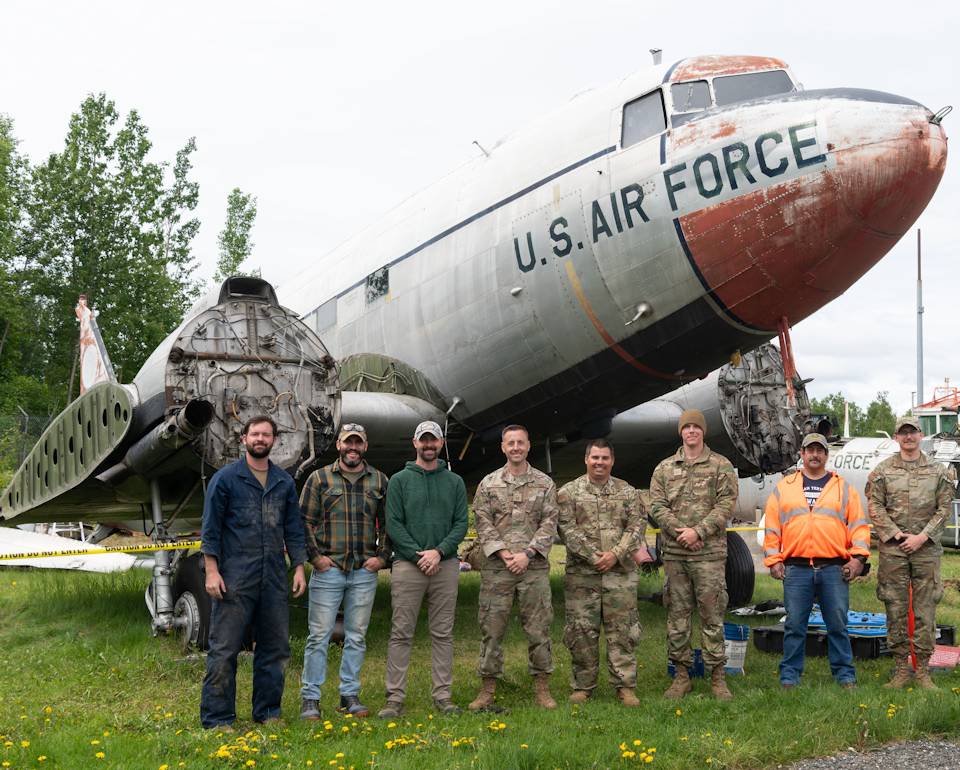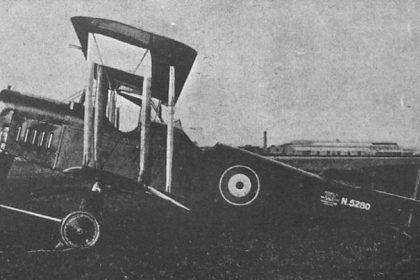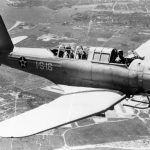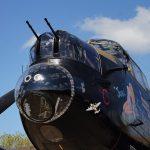By Robert F. Dorr
Jim Brickel called it ‘flying in the barrel’. To take the RF-101C Voodoo over North Vietnam, a pilot had to stake himself and his aircraft against flak, fighters, and the ever-present danger of some awful mechanical catastrophe within the churning guts of a complicated aircraft that, as Brickel put it, “felt like a thousand pieces of metal grating against one another and trying to rip everything to pieces.” The citation for Brickel’s award of the Air Force Cross, the second-highest U.S. award for valor, speaks to the March 10, 1967 mission in which Jim “led a flight of two RF-101C photo-reconnaissance aircraft on a bomb damage assessment mission against one of the most highly defended targets in North Vietnam.”
The citation continues: “Despite a direct hit by anti-aircraft artillery flak that extensively damaged his aircraft, Colonel Brickel continued to the target and acquired one hundred percent photographic coverage. He then made a successful withdrawal from the hostile territory on a single-engine and landed at his home base.” The citation refers to Brickel’s “aggressiveness in the face of hostile forces.”
Brickel belonged to the 20th Tactical Reconnaissance Squadron, the “Green Pythons,” stationed at Udorn, Thailand. His squadron commander, Lieutenant Colonel (later, Colonel) John Bull Stirling, led a similar, two-plane RF-101C mission over Kép airfield 16 miles northeast of Hanoi nine days before Brickel did. Stirling said he wasn’t worried about any MiGs because, “I could simply stay at full power and leave him in the lurch.” Although more recent warplanes can fly faster than the Voodoo did, Brickel, Stirling and other RF-101C veterans believe their aircraft carried out the fastest missions ever to be flown in combat, before or since, with the exception of those flown by the SR-71 Blackbird.
Big and bad
The F-101 Voodoo was a product of the great fighter dynasty founded by James S. McDonnell in St. Louis, Missouri and inherited by today’s Boeing Corporation. The F-101 was big, heavy, sturdy, and fast. It was unforgiving. Some pilots say it was more difficult to fly than any other warplane that ever entered squadron service. As a reconnaissance craft, the RF-101C challenged North Vietnam’s missiles and MiGs. As an interceptor, the Voodoo guarded North America wearing US and Canadian markings. The Voodoo had a pitch-up problem caused by the way air flowed over its wings and under its high tail. The tendency to unexpectedly jerk into a nose-high attitude killed several pilots. A pitch inhibitor, or “stick knocker,” installed in mid-life, was little help. The Voodoo’s twin Pratt & Whitney J57-P-55 turbojets turbojet engines on full afterburner kicked back 16,900 pounds of thrust (75.2 kN) each. The fuselage of an F-101B at 67 feet 5 inches was about a yard (or a meter) longer than that of a DC-3 transport. In 1946, McDonnell began design work to meet a U. S. Air Force (USAF) requirement for a “penetration fighter” to escort bombers to their targets. Several variations on the XF-88 fighter (created by repeatedly modifying the two built), also were tested in the late 1940s ahead of the F-101. The XF-88 was also given the popular name Voodoo. When the spectacular F-101 finally burst on the scene, it served not as a “penetration” escort but in three other capacities — as a bomber, a reconnaissance ship, and an interceptor. Despite being a monumental challenge to its pilot, it was a superlative aircraft and very much a product of the tensions and the atomic planning of the Cold War.
Atomic bomber
McDonnell test pilot Robert C. Little made the maiden flight of the first F-101A in California on September 29, 1954. It appears to have been the first aircraft ever to go supersonic on its initial sortie (a feat Little was unable to replicate when he made the first F4H-1 Phantom II flight on May 27, 1958). Like the F-101C to follow, the F-101A was armed with four 20-mm M39 cannons. The F-101A, enjoyed a brief career as a one-way, single-mission atomic bomber, powered by J57-P-13s. Typical ordnance was a single Mark 7 hydrogen bomb mounted beneath the left-wing.
The F-101C was heavier than the A, with structural improvements which increased its G tolerance from 6.33 to 7.33. Otherwise, F-101A and F-101C were interchangeable. American F-101A/C Voodoos deployed to Formosa during heightened tensions in 1958. To bring the Voodoo’s striking power closer to the Soviet Union, the F-101A/C moved to Britain’s Royal Air Force Bentwaters/Woodbridge air base, replacing the F-84F Thunderstreak. The 81st Tactical Fighter Wing there was commanded in the early 1960s by air ace Colonel (later, Brigadier General) Robin Olds, who took the audacious step of forming a Voodoo flight demonstration team in the manner of the Thunderbirds or Blue Angels. Olds often spoke of the roominess of the Voodoo cockpit and the satisfaction that came with mastering its pitch-up problem.The mission of the F-101A/C was to fly out to a distance as great as 1,000 miles (1610 kilometers) and drop a single, tactical nuclear weapon on a Soviet or Eastern European target. The F-101A/C’s low-altitude bombing systems were mazes of gyros, timers, and computers permitting the aircraft to drop its Doomsday load after attacking at almost treetop altitude. Crews never trained with conventional bombs.
Reconnaissance Voodoos
The RF-101A and all reconnaissance versions of the Voodoo, carried up to six cameras. On November 26, 1957, an RF-101A flown by Gustave B. Klatt set a west coast (Los Angeles to New York to Los Angeles) transcontinental record of 6 hours 42 minutes 6.9 seconds. On the return leg, Klatt set an east-west record of 3 hours 34 minutes 8.6 seconds.
After the RF-101A came the RF-101C with stronger wing structure. This became the only Voodoo to see combat in American hands. Chinese Nationalist pilots flew both A and C models of the reconnaissance version into harm’s way over the Chinese mainland. The RF-101C first flew in 1957. The RF-101A/C had a critical role in the 1962 Cuban missile crisis: Voodoos deployed to Florida and flew 82 combat sorties. The RF-101C Voodoo flew from three locations against North Vietnam. RF-101Cs later served with Air National Guard (ANG) squadrons. The RF-101G was a conversion of the F-101A bomber (below) to become a single-seat reconnaissance aircraft (corresponding to the RF-101H conversion made from F-101C models). The first RF-101G conversions went to the Kentucky ANG in 1965, replacing the RB-57B Canberra. The RF-101G was also employed by the Arkansas ANG in 1972. The RF-101H was employed by the Nevada ANG at Reno from 1965.Alongside the RF-101G, the RF-101H was also employed by the Arkansas ANG. The RF-101B became the final reconnaissance Voodoo and the only version with a back-seat crew member. The USAF converted 22 ex-Canadian F-101B interceptors (below) to RF-101Bs
Guarding North America
The F-101B (originally, F-109, a designation often mistakenly attributed to a Bell design) was the two-seat, long-range interceptor. McDonnell built 479 examples for the Air Defense Command (ADC), making this the most numerous Voodoo. The armament initially comprised two Hughes GAR-8 (AIM-4) Falcon missiles. The F-101B was modified in 1961 to carry two MB-1 (AIR-2A) Genie rockets with atomic warheads, designed to scatter incoming Soviet bomber formations.
The F-101B entered service in 1959. F-101Bs stayed in ADC until 1972. The ANG operated the F-101B from 1969 to 1982. F-101Bs built or converted as “two-seat dual control aircraft” were redesignated F-101F long after the conversion took place. Some F-101Fs were among the 132 F-101B/F interceptors flown by Canada. McDonnell buit 807 Voodoos of all versions. The U.S. taxpayer shelled out $1.28 million for an RF-101C and $1.75 million for an F-101B. The last Voodoo to fly in the United States was an F-101B piloted by Lieutenant Colonel Bruce Sanders at Tyndall Air Force Base, Florida in September 1982. Numerous Voodoos survive in museums. The very first aircraft, an F-101A (53-2418) was with the museum in Pueblo, Colorado in the 1990s but we were unable to learn its current disposition.
Warbird world
It’s exciting to imagine a warbird aficionado returning a mighty Voodoo to flying status and wringing it out in front of audiences at air shows. Sadly this will never happen. The handful of Vietnam-era fast jets in private ownership, such as the Collings Foundation’s F-4D Phantom II, are the result of one-of-a-kind authorizations supported by Capitol Hill and there is no mood in Washington for more of the same today. In 2007, I talked to key figures including the then-Air Force chief of staff General T. Michael Moseley about Collings’ interest in restoring and flying an F-105 Thunderchief. Wise and prudent plans had been made and the means were there, but it wasn’t going to happen. Congress, the Executive Branch and the Air Force, including Moseley, were adamantly against it. In the case of the Voodoo, it’s unlikely anyone has the means—and while faces change inside the Washington Beltway, institutional opposition is deep-rooted.
About the author
Robert F. Dorr, Warbirds News staff writer, is an author (since 1955), an Air Force veteran (1957-60) and a retired U. S. diplomat. He has written dozens of critically acclaimed books, and literally thousands of articles on aviation topics. He recently published his first novel, an alternate history entitled “Hitler’s Time Machine,” available for Kindle and in print here:
http://www.amazon.com/dp/B00R08P4UQ
Click HERE for the complete Century Series articles







